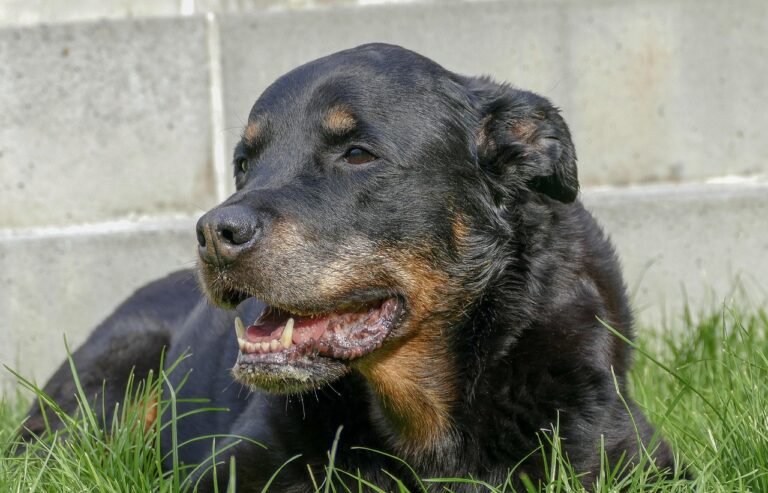What You Should Know About The Mudhol Hound
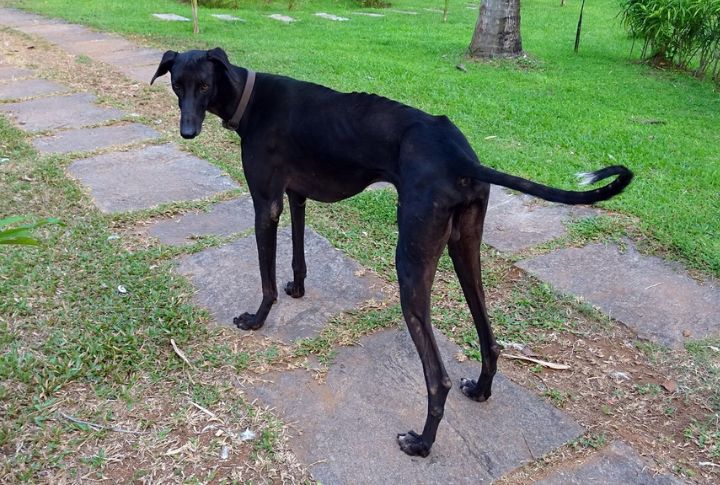
Some dogs seem built for speed and endurance, but the Mudhol Hound adds a quiet intelligence to that mix. Its story is woven through the rugged landscapes where it thrives, carrying traits that make it a standout. This list explores what sets this breed apart in behavior and heritage.
Ancient Lineage Rooted In The Deccan Plateau
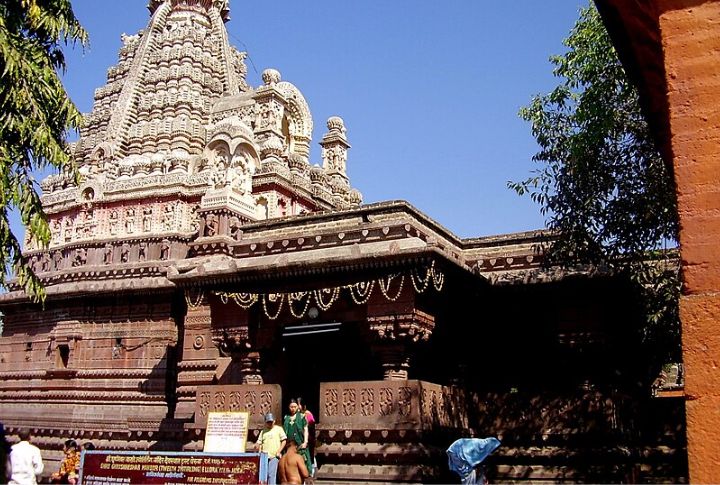
Long before breed registries existed, a sleek hound emerged from the arid plains of southern India. Developed through centuries of selective breeding, it thrived under harsh conditions. Traders and local kings all prized its swiftness and loyalty. Few breeds today can claim such an enduring legacy.
Royal Patronage And Global Recognition
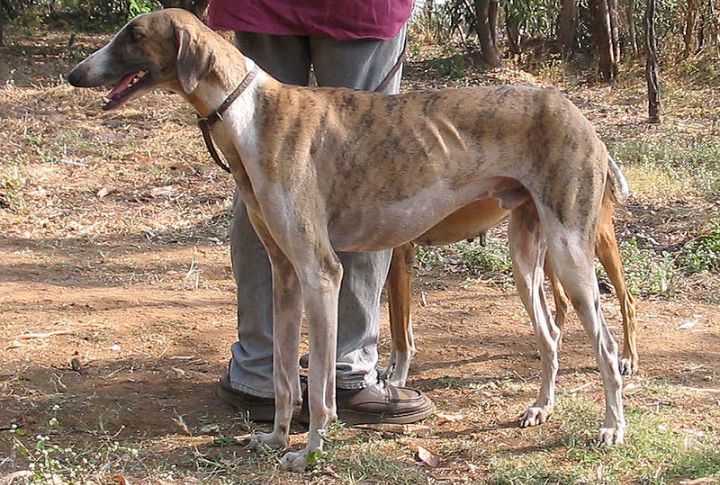
Shrimant Rajesaheb Malojirao Ghorpade, the Maharaja of Mudhol, promoted the breed by standardizing its features and sending a pair to King George V. That gesture brought it global recognition. Before this, few outside India knew of the dog’s existence.
Distinctive Physical Characteristics
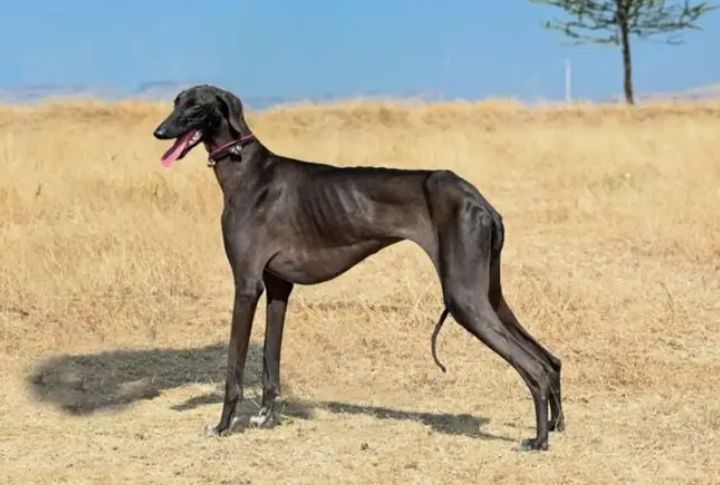
What sets this breed apart is the refined balance of power and elegance. Lean bodies with deep chests, elongated muzzles, and feathered tails enable quick pursuit over long distances. Coat shades vary widely, mostly accentuating their already commanding presence in motion.
Temperament
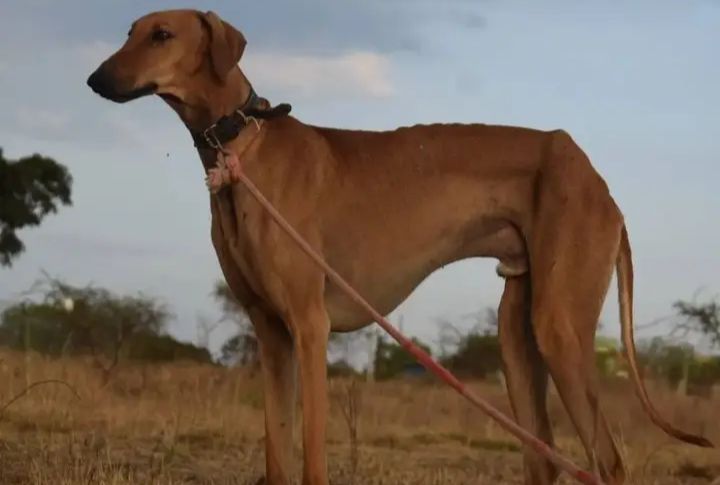
Calm around family yet reserved with strangers, this hound maintains a composed and watchful nature. Loyalty runs deep, but it doesn’t crave constant attention. Hunters once relied on it to make decisions alone in the field—traits that still shape its temperament in modern homes.
Exercise Requirements And Energy Levels
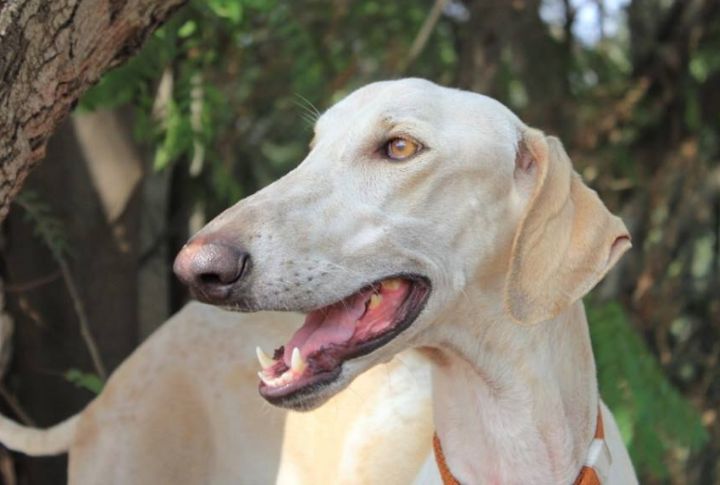
The Mudhol Hound thrives on motion. Known for covering over 15 miles with ease, it performs best in spacious, open environments. Physical exercise alone isn’t enough—mental challenges are equally important. Without both, boredom creeps in, often leading to restless behavior or unwanted habits indoors.
Health Profile And Lifespan
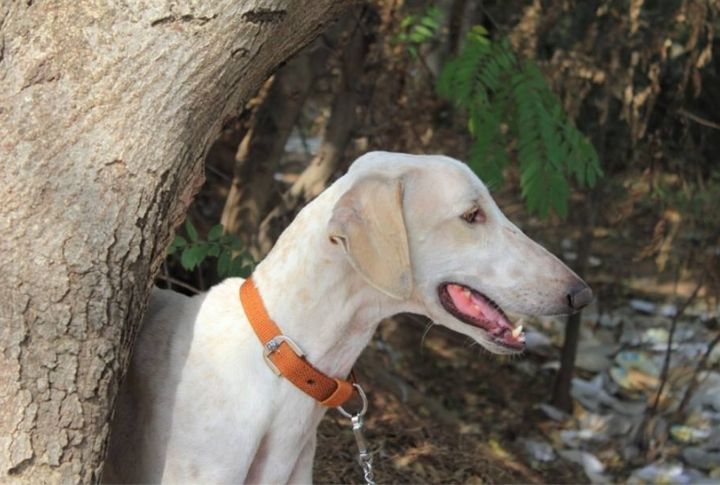
On average, these hounds live between 10 and 15 years with proper care. Their natural build resists many hereditary conditions, though joint and eye issues occasionally arise. Veterinary attention combined with an active lifestyle helps preserve their athleticism well into their senior years.
Adaptation To Harsh Climates
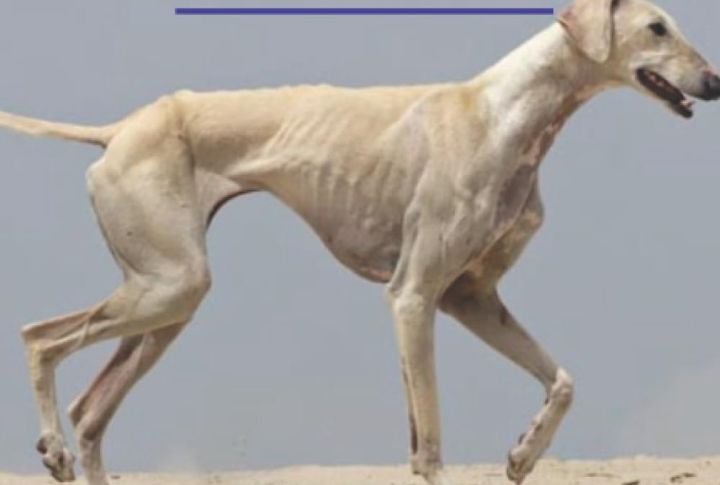
Heat, dust, and rough terrain pose no threat to this breed’s performance. Developed in the dry regions of Karnataka, it tolerates temperatures exceeding 100°F. Few dogs match its ability to sprint over hot, cracked earth without hesitation.
Training Approaches For Optimal Behavior
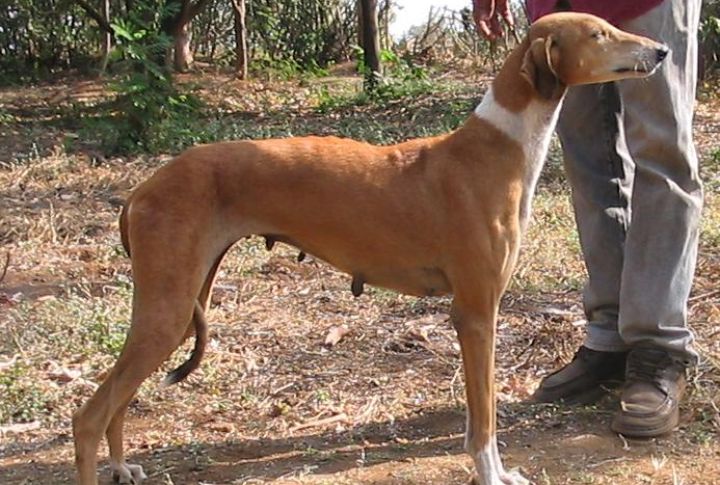
Adaptability grows when puppies experience various settings early on. They thoughtfully consider commands and rarely resist. The best training blends structured routines with enthusiastic praise, relying on trust instead of force. This approach develops well-behaved, self-assured dogs who thrive under gentle leadership.
Role In Modern Indian Society
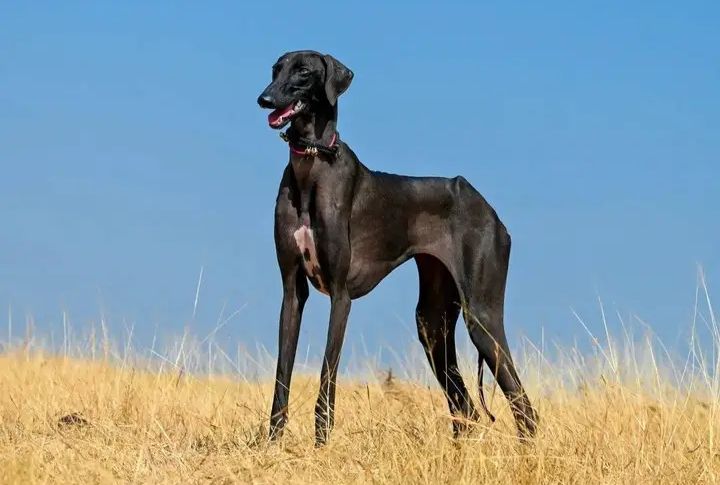
Why has the Indian Army embraced this indigenous hound? Because of its stamina, intelligence, and low-maintenance needs. Now actively serving in the Remount and Veterinary Corps, it performs patrol and guard duties, proving that heritage breeds can serve practical roles in the present.
Conservation Efforts And Breed Preservation
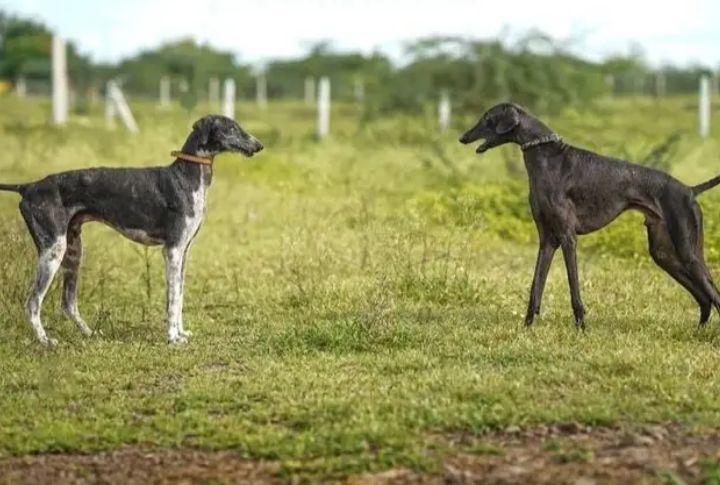
Karnataka’s government founded the Canine Research and Information Center to conserve this native breed. Their focus includes genetic studies and community education. Such institutional support has helped reverse declining numbers—preservation now blends traditional respect with modern science.


